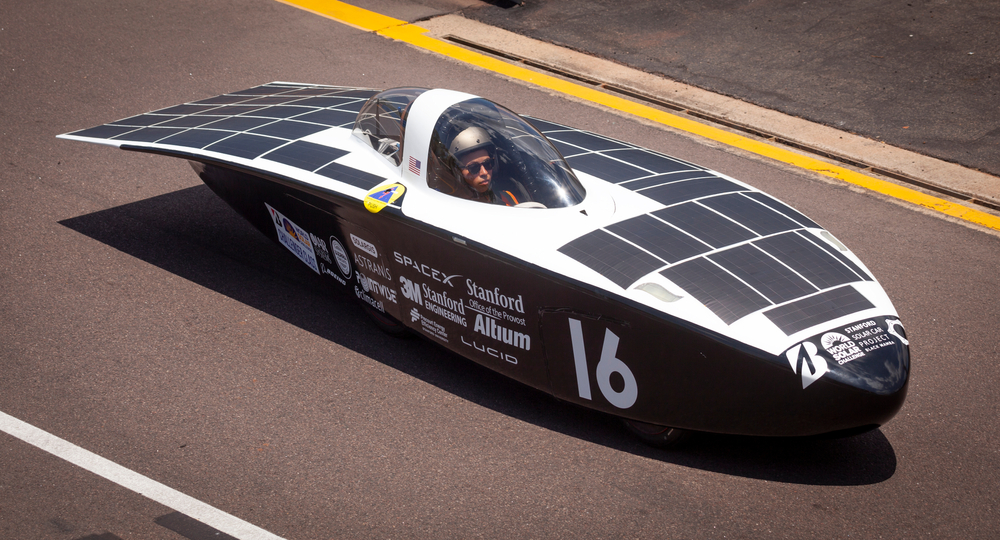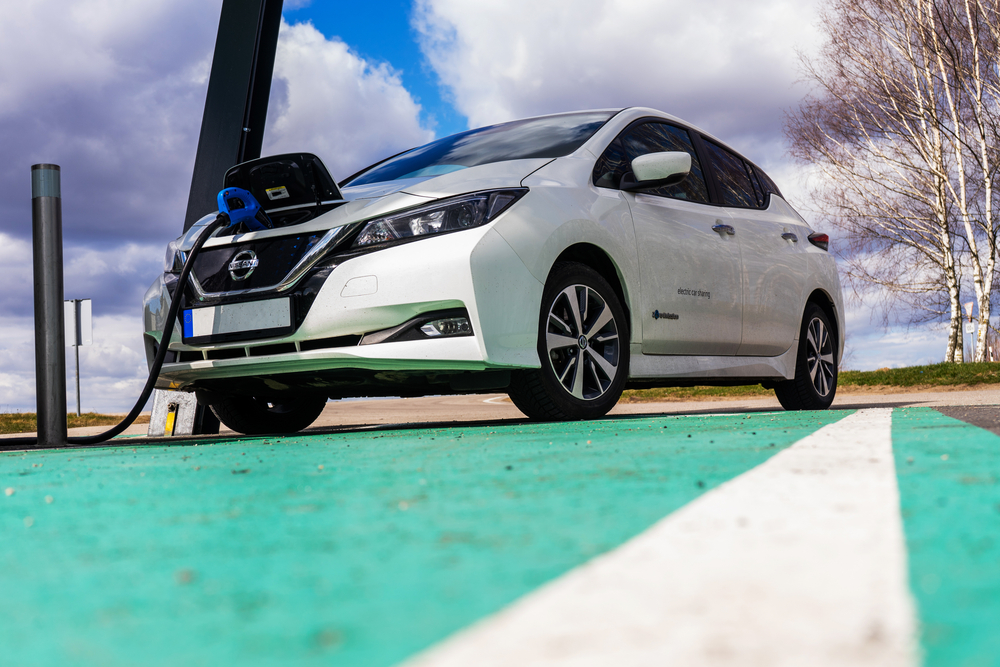The auto industry is rapidly evolving, and sustainability is at the forefront of this transformation. As concerns about climate change and environmental impact grow, car manufacturers are stepping up with innovative solutions to make driving greener and more efficient. From electric vehicles to new materials and energy-saving technologies, these sustainable car innovations could reshape the future of transportation, reducing emissions and making a significant impact on our planet.
Contents
Electric Vehicles (EVs)

EVs are powered by batteries rather than gasoline or diesel, producing zero tailpipe emissions. They significantly reduce greenhouse gases and air pollution, especially when charged with renewable energy. EVs are crucial for transitioning away from fossil fuels, and advances in battery technology are making them more accessible and affordable.
Hydrogen Fuel Cell Vehicles

These vehicles generate electricity through a chemical reaction between hydrogen and oxygen, emitting only water vapor. Hydrogen fuel cells are a clean alternative to internal combustion engines and have the potential to provide longer driving ranges and quicker refueling times compared to traditional EVs.
Solar-Powered Cars

By integrating solar panels into car designs, these vehicles can harness the sun’s energy to supplement battery charging, reducing dependency on the grid. While still in development, solar-powered cars could extend driving ranges and enhance sustainability, particularly in sunny regions.
Recycled Carbon Fiber

Traditional carbon fiber is strong and lightweight but resource-intensive to produce. Recycled carbon fiber maintains strength while reducing the environmental footprint. It’s used in car bodies and components to improve fuel efficiency by lowering vehicle weight.
Solid-State Batteries

These next-generation batteries are safer, lighter, and more efficient than conventional lithium-ion batteries. They offer greater energy density, allowing for longer driving ranges and quicker charging times. Solid-state batteries are also less prone to overheating or degradation over time.
Regenerative Braking Systems

This technology captures the kinetic energy lost during braking and converts it into electricity, which is stored in the car’s battery. It enhances overall efficiency, especially in electric and hybrid vehicles, by extending the driving range.
Wireless EV Charging

With wireless charging systems, EVs can be charged without plugging in. Some advanced concepts include dynamic wireless charging, where vehicles charge while moving. This innovation improves convenience and could eliminate charging anxiety for EV owners.
Vehicle-to-Grid (V2G) Technology

V2G allows electric vehicles to supply electricity back to the grid during times of high demand, helping balance energy supply and demand. EVs essentially become mobile batteries, which can also lower energy costs and stabilize power grids.
Autonomous Driving with Efficiency Algorithms

Autonomous vehicles (AVs) are designed to drive more efficiently than humans, reducing energy consumption through optimized acceleration, braking, and route planning. This could lower fuel use and emissions in both electric and traditional cars.
Synthetic Fuels (E-Fuels)

E-fuels are produced using renewable energy, capturing carbon dioxide from the atmosphere, making them carbon-neutral. They can be used in existing combustion engines, offering a sustainable alternative to gasoline and diesel without needing new infrastructure.
Advanced Aerodynamics

Improved aerodynamic designs reduce air resistance (drag), allowing cars to move more efficiently and consume less energy. This is particularly important for EVs and hybrids, where increased efficiency translates directly into longer ranges.
Over-the-Air Software Updates

This technology allows car manufacturers to update software remotely, improving vehicle performance, efficiency, and safety without requiring a physical visit to a dealership. These updates can optimize power management, leading to longer battery life and better fuel efficiency.
Circular Manufacturing Practices

Circular manufacturing focuses on designing vehicles with reusable and recyclable components, reducing waste at every stage of the production cycle. This approach minimizes resource use and lowers the environmental impact of car manufacturing.
Smart Tire Technology

Tires that adjust to road conditions and driving behavior can reduce wear and tear, improving fuel efficiency and extending tire lifespan. Smart tires are designed to minimize rolling resistance, which helps cars consume less energy.
Biofuels

Biofuels, made from organic materials like plant oils and agricultural waste, are renewable and can be used in conventional engines. By reducing reliance on fossil fuels, biofuels help lower carbon emissions and are a more sustainable fuel option.
This article originally appeared in MyCarMakesNoise.
More from MyCarMakesNoise
25 High-Mileage Luxury Cars That Hold Their Value

When it comes to luxury cars, high mileage doesn’t always mean a loss in value. Some luxury vehicles are built to last, offering both elegance and reliability even after many miles on the road. In this article, we’ll explore 25 high-mileage luxury cars that not only maintain their value but also deliver exceptional performance, making them smart choices for savvy buyers. Read More
16 Boats That Missed Their Moment

Not every boat that hits the water is destined for success. In fact, some vessels, despite big expectations, simply never found their place in the spotlight. In this article, we’ll explore 16 boats that missed their moment, either due to design flaws, poor timing, or just plain bad luck. Read/ More
15 Costly Boat Accessories That Barely Add Value

Outfitting your boat with the latest accessories can be tempting, but not all of them are worth the hefty price tag. Many expensive upgrades look impressive but offer little real value. In this article, we’ll explore 15 costly boat accessories that barely make a difference and why they may not be the best investment for your vessel. Read More














